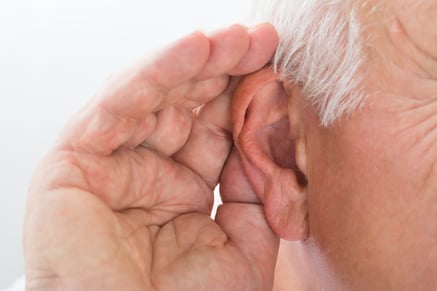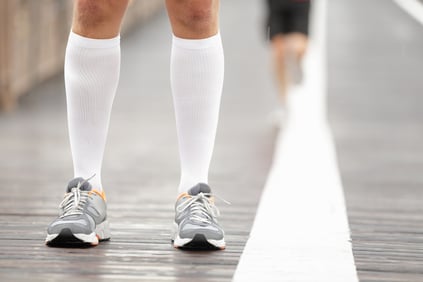 Every Sunday, I make a cup of coffee and head outside. I often just sit and listen to the sounds all around me. I take it all in. Even now I can feel the sun on my face, sense the gentle breeze, the sound and feel of the chair as it gently rocks back and forth. It is so easy for me to close my eyes and bring myself right back to that moment whenever I need to. There is something about being outdoors that feels so important to me. Every experience in my life seems more fulfilling while I am doing it outdoors.
Every Sunday, I make a cup of coffee and head outside. I often just sit and listen to the sounds all around me. I take it all in. Even now I can feel the sun on my face, sense the gentle breeze, the sound and feel of the chair as it gently rocks back and forth. It is so easy for me to close my eyes and bring myself right back to that moment whenever I need to. There is something about being outdoors that feels so important to me. Every experience in my life seems more fulfilling while I am doing it outdoors.
For example, I love running outdoors. If you ask me to run on the treadmill, I have more of an attitude of I will do it because I know it is good for me, and not so much because I love it. The same goes for swimming. Put me in the ocean and I am in my glory but the same does not seem to exist for me when it comes to jumping into an indoor pool.
There have been studies that talk about the health benefits of being outdoors and perhaps these studies can more definitively describe the feelings and benefits most human beings experience when they are outdoors.
Research in a growing scientific field called ecotherapy has shown a strong connection between time spent in nature and reduced stress, anxiety, and depression.
It's not clear exactly why outdoor excursions have such a positive mental effect. Yet, in a 2015 study, researchers compared the brain activity of healthy people after they walked for 90 minutes in either a natural setting or an urban one. They found that those who did a nature walk had lower activity in the prefrontal cortex, a brain region that is active during rumination — defined as repetitive thoughts that focus on negative emotions.
"When people are depressed or under high levels of stress, this part of the brain malfunctions, and people experience a continuous loop of negative thoughts," says Dr. Strauss.
Digging a bit deeper, it appears that interacting with natural spaces offers other therapeutic benefits. For instance, calming nature sounds and even outdoor silence can lower blood pressure and levels of the stress hormone cortisol, which calms the body's fight-or-flight response.
The visual aspects of nature can also have a soothing effect, according to Dr. Strauss. "Having something pleasant to focus on like trees and greenery helps distract your mind from negative thinking, so your thoughts become less filled with worry".
As the weather changes and summer begins to roll back in, find ways to get back outside and enjoy the outdoors. The no cost key to living a happier, healthier life.

.jpg?width=447&name=GettyImages-1173137476%20(1).jpg) Oh, my aching feet! More importantly, why do my feet hurt? Let me explain further. At times in the past, the top of my foot has felt like it was being crushed by the laces of my sneakers. I logically thought that all I needed to do was loosen the laces of my sneakers and it would solve the problem. It did not help. Really, all it did was create more problems because then my sneakers felt like they were going to fall off, and then the loose-fitting sneakers began to rub on and irritate my heels. On top of that, when I did loosen the laces, the shoes would then come untied too easily.
Oh, my aching feet! More importantly, why do my feet hurt? Let me explain further. At times in the past, the top of my foot has felt like it was being crushed by the laces of my sneakers. I logically thought that all I needed to do was loosen the laces of my sneakers and it would solve the problem. It did not help. Really, all it did was create more problems because then my sneakers felt like they were going to fall off, and then the loose-fitting sneakers began to rub on and irritate my heels. On top of that, when I did loosen the laces, the shoes would then come untied too easily.


 Compression stockings are used for a variety of reasons, one of which is to reduce fluid pooling within the lower extremities; and to protect against the potential for developing phlebitis and thrombosis, which can eventually lead to the formation of life-threatening blood clots (
Compression stockings are used for a variety of reasons, one of which is to reduce fluid pooling within the lower extremities; and to protect against the potential for developing phlebitis and thrombosis, which can eventually lead to the formation of life-threatening blood clots (